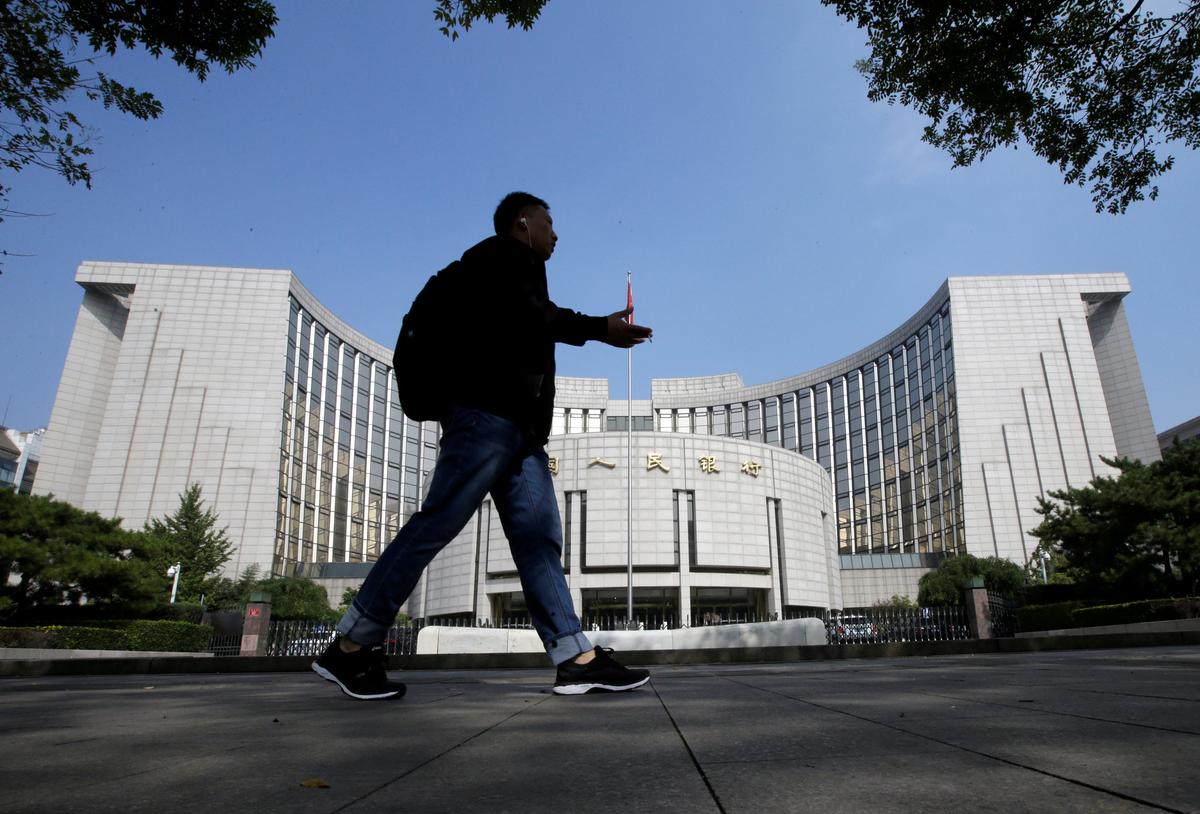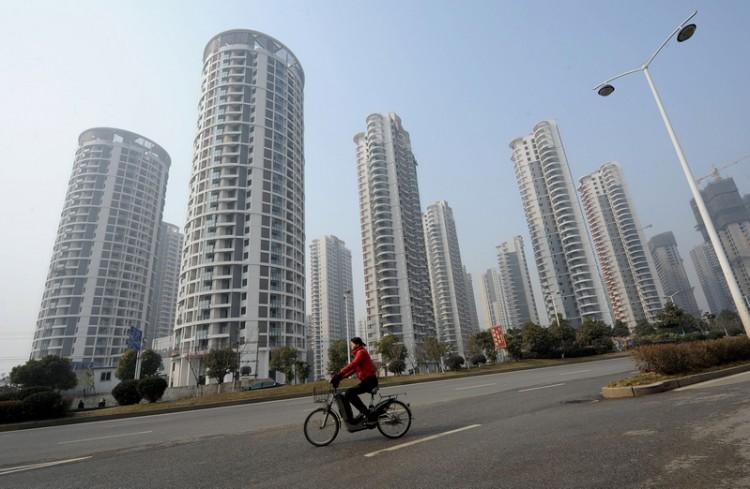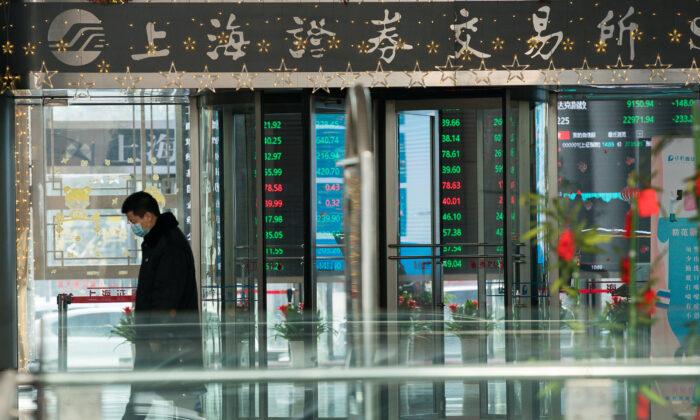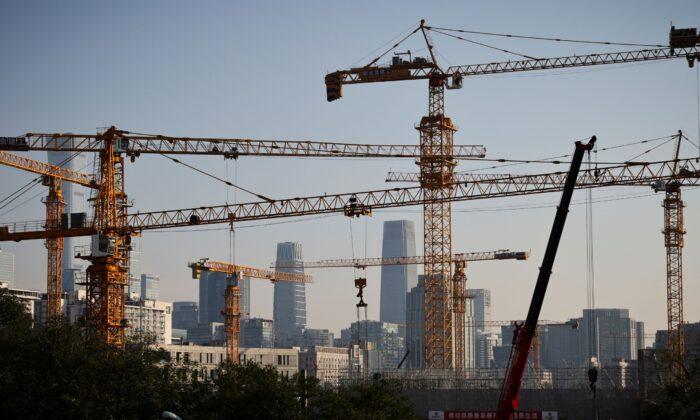Selling 2 Real Estates to Secure a Public Shell Company
To discuss how China’s economy has gone from real to fictitious, let us first look at an example. In 2016, Beijing-listed company ST Ningtong B, which manufactures communication equipment, suffered losses for two consecutive years and faced the risk of delisting. The company reversed its losses by selling two properties it had owned in the Beijing school district at massive profits. Suddenly, comments such as “go for real estate, forget about starting a business, forget about getting listed, forget about the industry” went viral in the market.The Micro Impacts of Corporate Financialization
The financialization of Chinese companies will be inevitable. Chinese companies flocked into the real estate industry (real estate has strong investment attributes), purchased financial assets or held shares in financial companies, and even turned into financial holding groups.3 Motivations of Corporate Financialization
First, the substitution theory: Due to the declining rate of return on investment in the real economy, the rising rate of return on financial investment, and the increasing preference of companies for short-term benefits, companies have a new preference for financial asset investments over real economy investments.A 2013 survey found the low profitability of China’s real economy: The average profit of the financial industry was 22 percent, while the average industrial profit was only 6 percent, and the average profit of the textile industry was only 5 percent.
By analyzing the data of China’s nonfinancial listed companies from 2002 to 2014, Chinese researchers found that “firms increased their non-cash financial asset investment when the economy is going up ... which supports the substitution motivation hypothesis.”
Second, the reservoir theory: The purpose of firms holding financial assets is to reserve liquidity to prevent the risk of supply chain rupture caused by cash flow shocks. In addition, when companies believe they‘ll face macroeconomic uncertainty or potential investment opportunities in the future, they’ll also prefer “mobile with money,” especially those companies that have their own financing constraints.
The motives of corporate financialization explained by the reservoir theory are not completely consistent with China’s economic situation. On the one hand, Chinese corporate financial investment and real economy investment are negatively correlated (and according to this theory, real economy investment and financial assets investment should show a positive correlation).
On the other hand, if the cash held by companies is counted as corporate financialization, then China’s corporate financialization can be partly explained by the reservoir theory. Therefore, the reservoir theory is only a secondary reason for the financialization of Chinese companies.
Third, bank financing discrimination and the theory of surrogate intermediation or borrow to lend. Some companies have an easier time obtaining loans from banks, but their production efficiency is low, so they loan the funds to other companies to make profits. In China, this situation is very common. Compared with state-owned enterprises and large enterprises, it is more difficult for small and medium-sized enterprises and private enterprises to obtain financing from banks. Therefore, the former uses the shadow credit system to provide funds to the latter.
Generally speaking, corporate financialization is a double-edged sword. There is a positive side. In China, however, the negative side is more prominent, such as repressing real economy investment (or the crowding-out effect on real economy) and increasing financing costs and debt burden.

According to a survey of 15 provinces in China published in 2013, 41 percent of the companies in the sample were financed through a shadow credit system, and the average cost of financing reached 18 percent. This leads to the accumulation of financial risks in shadow banking (that is, a financial business that is outside the visible range of a bank but whose risks will eventually be borne by the bank).
Last, this trend has promoted real estate price bubbles, which has further intensified the crowding-out effect of real estate investment on real economy investment.
The Macro Impacts of Corporate Financialization
Let’s discuss “breaking from reality to virtual” from a macro level. In 2017, a mainland think tank released the “Mongoose Report IV: A Study on the Golden Ratio of China’s Real Economy and Fictitious Economy,” which defined the fictitious economy as the financial industry and real estate industry as the main economic aggregate. Since 2009, the ratio of China’s fictitious economy to the real economy is no longer in a reasonable relationship. The ratio of the virtual economy to the real economy has reached 23.2, far exceeding the golden ratio of 16.7. The fictitious economy has detached from the real economy and is over-expanded.The prominent fictitious economy in China suggests three major imbalances: One is the structural imbalance between supply and demand in the real economy (overcapacity on the one hand, and lack of ability to upgrade on the other); two is the imbalance between financial markets and the real economy (a large amount of self-circulation funds in the financial system); and three is the imbalance between real estate and the real economy.
According to academic research, the most prominent causes of the fictitious economy are as follows.
First, the currency is over-issued. The scale of China’s money supply M2 has long been the world’s largest; at present, China’s M2 is twice the GDP (while European and American countries’ M2 is usually only about 70 percent of GDP).
“Monetary tigers grow bigger and bigger.” Once a Chinese economist said bluntly, “In the past 30 years, our economy has been rapidly driven with an excess money supply.”
Take a look at the following data. In 1978, China’s GDP was 364.52 billion yuan and its M2 was 85.945 billion yuan; at the end of 2009, GDP reached 33.54 trillion yuan, 92 times that of 1978, but M2 increased by 705 times, reaching 60.62 trillion yuan. In March 2013, China’s M2 exceeded 100 trillion yuan, accounting for about one-quarter of the total global money supply, 1.5 times that of the United States, 4.9 times that of the United Kingdom, 1.7 times that of Japan, and 20 trillion-plus yuan more than the money supply of the entire Eurozone. In January 2020, it has exceeded $200 trillion yuan.
Second, the financial system’s ability to serve the real economy is low. A report released by Peking University in 2019 (“How Financial Innovation Promotes High-Quality Development: A New Structural Economics Perspective”) states that China’s current financial structure doesn’t match the optimal industrial structure of the real economy. There are seven structural contradictions of three levels. The first level is the structural contradiction between direct financing and indirect financing. The second level is the individual internal structural contradiction of indirect financing and direct financing. The third level is the structural contradiction between the upgrading of small and micro enterprises and small and medium-sized banks, the structural contradiction between industrial upgrading and financial products, the structural contradiction between industrial upgrading and the bond market, and the structural contradiction between industrial upgrading and the stock market.
Third, extremely deformed real estate. To what extent is it deformed? In 2018, the total market value of China’s real estate reached 450 trillion yuan. Based on data from the National Bureau of Statistics in 2018, the sales area of commercial housing was 1.7654 billion square meters, the sales of commercial housing were 14.9973 trillion yuan, and the per capita housing area of urban residents was 39 square meters. This market value covers the total market value of real estate in Europe, the United States, and Japan, and also exceeds 50 percent of China’s GDP in the previous 20 years (from 1999 to 2018, China’s total GDP was 833 trillion yuan). Since the housing reform in 1998, China’s real estate industry has expanded rapidly. The CCP regards real estate as a pillar industry for development but regards the real estate market as a “reservoir,” which has accumulated a large amount of overly issued currency. As a result, real estate hijacked household consumption, banks, and local finances.
The Xi administration has repeatedly emphasized that “the real economy is the foundation of a country’s economy and the source of wealth” and “economic development cannot be separated from the real to the virtual at any time,” and it has promoted a healthy economy with real economy as the core and a coordinated development of real and virtual economy. In reality, I am afraid this can only be a dream.
In addition to the fact that China’s economy is hindered by the detached real economy, Xi’s administration lacks sufficient courage and abilities. Here are three points.

First, it lacks strategic determination. In the past eight years since Xi took office, he has been extremely inadequate in understanding the difficulties and disadvantages of the Chinese economy. He was misled by the so-called new norm. Macroeconomic control policies have been frequently switched between the three goals of “stabilizing growth, adjusting structure, and preventing risks”—thus, the continuous adjustment of the tightness, intensity, and combination of policies, and consequently the uncertainty in China’s economic policies.
Second, “path dependence” is serious. For example, the regime continues to engage in over-issuance of currency. In March 2013, China’s M2 exceeded 100 trillion yuan; in just 7 years, in January this year, M2 went over the 200 trillion mark; starting from March, the growth rate of M2 has been 10 percent for eight consecutive months.
Third, the obstacles of vested interest groups. For example, real estate is a piece of fat meat for central enterprises, and they’re extremely reluctant to let go. As early as late March 2010, the SASAC issued an order to prevent state-owned enterprises (SOEs) from investing in the real estate sector. Sixteen SOEs with real estate as their main business were retained (five SOEs were approved to retain their real estate business in 2011), and 78 SOEs were to withdraw from the real estate market.
However, this order has not been successful even though Xi emphasized in 2016 that “housing should not be speculated.” Under political pressure, the State Grid Corporation of China and the China National Aviation Corporation, two non-real estate central enterprises, finally announced their withdrawal from the real estate business in the third round of the central government’s report on inspection and improvement this April.
If the Chinese economy continues in this way, a major crash is the only ending.






Friends Read Free